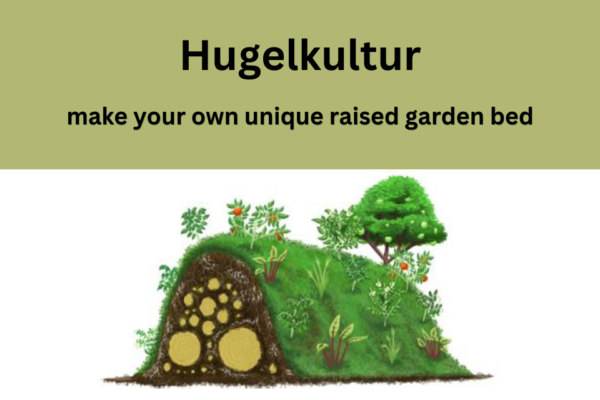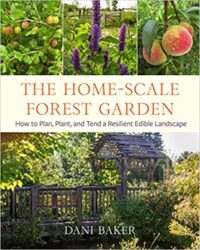
As Spring brings warmer weather, it also brings a lot of work. Cleaning up yard debris and fallen tree limbs and setting up garden beds all add up to many hours of toiling outside. Luckily, there’s a way to clean up your yard and create a raised garden mound that creates healthy soil, mitigates flooding, and provides nutrients to nearby trees. Hugelkultur is a self-sustaining raised garden composed of layers of soil, wood, yard waste, and compost that slowly breaks down and provides nutrients for plants and crops.
Why You Should Build a Mound Garden
- 1
Time: Depending on the size of the bed and the size of the logs used, a hugelkultur bed can last years, providing water retention and nutrients to surrounding trees and plants. Every year, the bed will shrink as the logs and sticks break down, but this also allows perennial plants to develop deeper root systems.
- 2
Water: Done correctly, a hugelkultur bed should be self-sustaining and be able to absorb and hold large quantities of water. This also reduces flooding issues in the area of the garden. You can also plan your garden placement so that it acts as a buffer and prevents running water from reaching areas you’d like to protect from flooding.
- 3
Utility: This method requires less soil than traditional garden beds and allows you to dispose of downed trees and yard scraps and turn them into healthy soil. Even just building a garden bed on a tree stump will provide you with nutrients and speed up the decomposition of the stump, saving you from paying to have it dug up and removed. Another utility aspect is that you can grow plants that are harvestable at waist and chest level reducing the need to crouch low.
How to Build a Hugelkultur Bed
A mound garden is customizable, and you can improvise with what you have on hand, but there is a general layout you should adhere to to make sure the big wood pieces break down and are able to supply nutrients to your crops.
The bottom layer is big logs, branches, and pieces of untreated wood. It’s important to make sure you’re not using wood that is poisonous or resistant to decomposition. The next layer is smaller branches and twigs that will break down faster. The third layer is organic matter. This can be compost, leaves, cardboard, straw, and grass clippings. You want to put raw compostable food waste in first, and then layer finished compost on top of that if you have any. Grass clippings break down quickly, so they can be added closer to the top of the pile. Finally, you want to top that off with traditional soil. Some people finish their bed by placing an upside-down piece of turf to help shape the bed into a uniform mound. After that, you’re ready to start planting directly into the soil.







